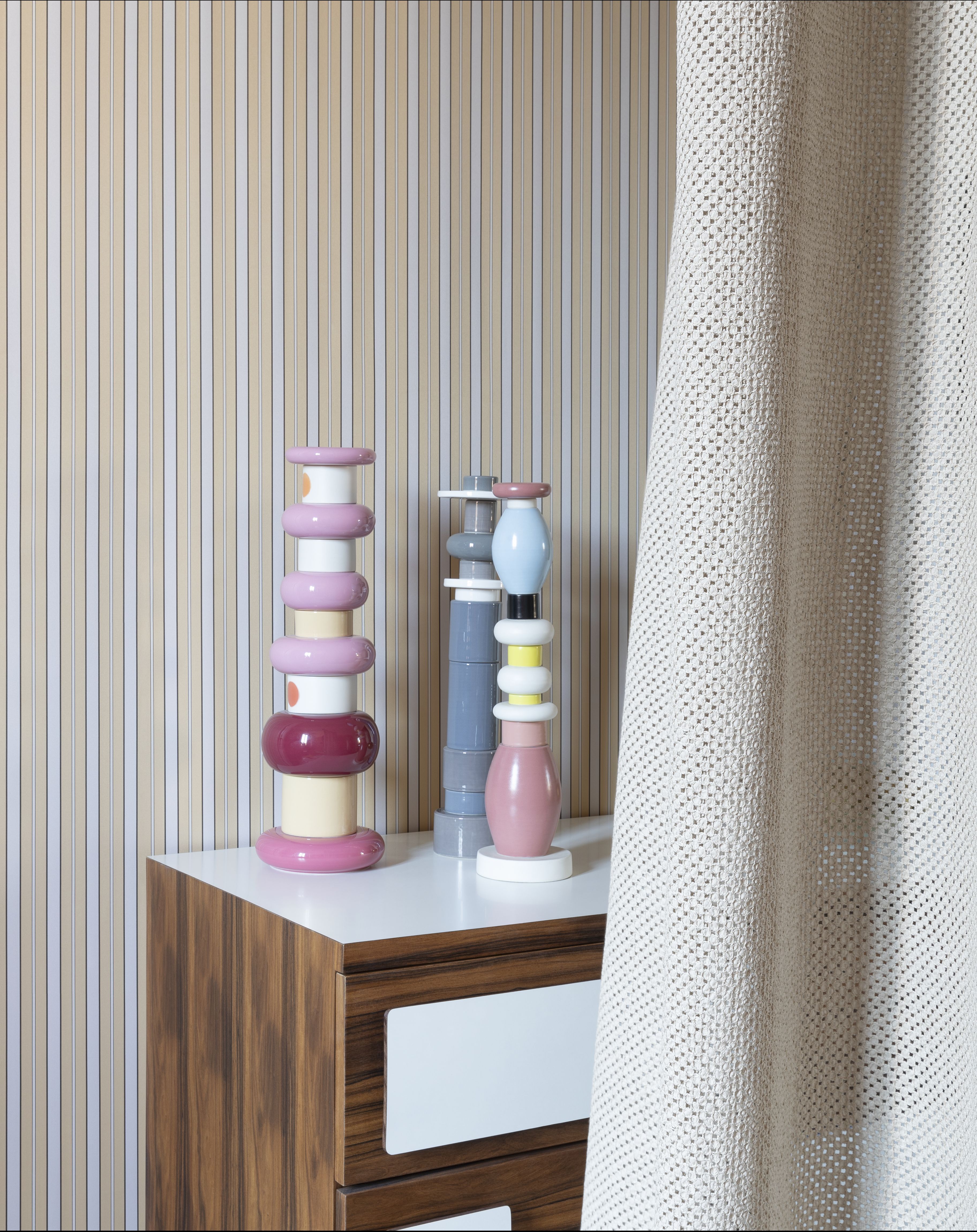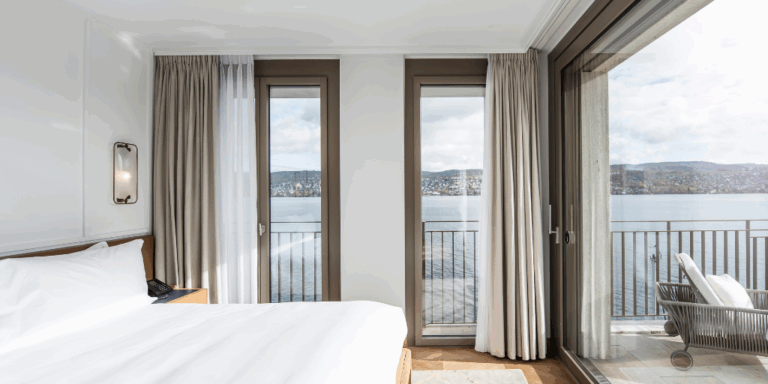Armchairs covered with lampas Eden
Come and discover the new Rubelli 2020 collection at Paris Déco Off, 11 Rue de l’Abbaye – Paris

All the founding factors of this Venice company – a culture of aesthetics, research and experimentation, creation and production, all-Italian manufacture and global reach – are to be found in all the new fabrics in the Rubelli 2020 collection. In the precious and highly decorated fabrics, Rubelli identifiers right from the beginning, and in the technical and high-performance ones, designed for contract and outdoor use.
The more opulent range of textiles is made entirely in natural fibres, above all silk, the noblest of materials which Rubelli has always masterfully transformed into jacquards, lampas and plain colour fabrics of every type and colour. True to tradition, yet with skilful contemporary touches and a colour range which is surprising in parts.
While the EDEN linen jacquard presents the tree of life, a textile decoration classic and a recurring symbol in many religions, AQUARIUS is a faux uni and product of experiments on the loom, reproducing the pattern of a new marbled paper. The VILLA PISANI lampas takes its inspiration from painted rococo wood panelling while the romantic MY FAIR LADY, a floral silk jacquard, is surprising in a colour sense in its bright and unusual fluorescent touches of turquoise and shocking pink.
An essential touch of the Orient comes from the YOKO jacquard which echoes the pattern of a Buddhist monks’ stole, made with the patchwork technique, while the MICHELLE lampas has a miniaturised pattern in which the original classical-style motif almost fades away.
There are then as many as 30 colour variants for DIVA SHANTUNG, a precious jacquard made in pure dupion silk and therefore featuring the small uneven parts that are typical of this luxury yarn.
There is also a very rich and appealing series of technical fabrics. Flame retardant and suitable for upholstery and also decoration, they can be used indoors and outdoors. Highly resistant and soft to the touch, they feature complex and also original weaves and 3D effects accentuated by a special use of colour.

BARRY LYNDON, a jacquard with decoration inspired by a classic “embroidered” pattern, contrasts with the new geometries of the weaves of LABIRINTO, a soft chenille with a pleasant touch like velvet.
INTRECCIO and TERRY are the result of experiments on the loom. An innovative process has produced an original 3D structure with a special “vibration”, emphasised by the use of several colours.
While VELVETY is a totally new product, a velvet imitation chenille with a threadbare appearance thanks to a play on yarns, CROCHET offers a type of weave more similar to crochet than weaving. A textural, compact and close-knit weave.
The product for curtains with a perfect drop is LIVERPOOL, elegant, moderately shiny, reversible (double sided) and versatile. Also lightly chintzed which highlights the very rich colour shades.
Also included are striped fabrics for decoration in Trevira CS. Lightweight, “luminous”, extra wide (3 metres) and railroaded, i.e. can be used in both directions. Then we have PICCADILLY, young and dynamic in its alternating two colours, and TRAFALGAR, serious and measured in the traditional colourways.
The collection also has two new curtains – FILET, in cotton, simple yet prized, like embroidery from the past, and ALBA, flame retardant and extra-wide, super-fine with light movement.
A generous collection in the variety and complexity of the textile effects and a palette which knows how far it can dare, placing the essential understated and quiet colours alongside new shades and unexpected combinations.
In the name of an imperative “Rubellian” aesthetic.
Rubelli, a textile design company at the forefront in the design and production of fabrics for interiors, has operated on the contract market since 1987 with Trevira CS flame retardant fabrics.







